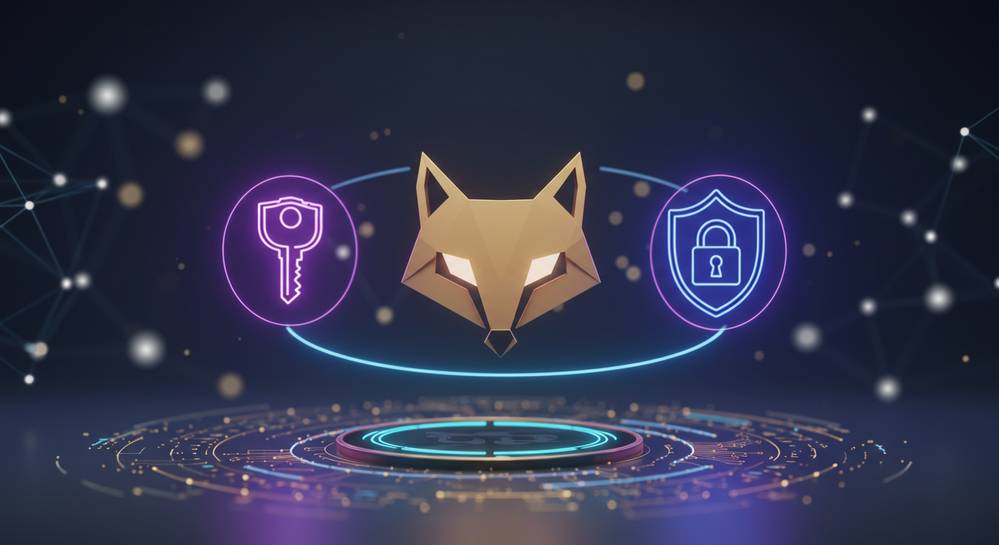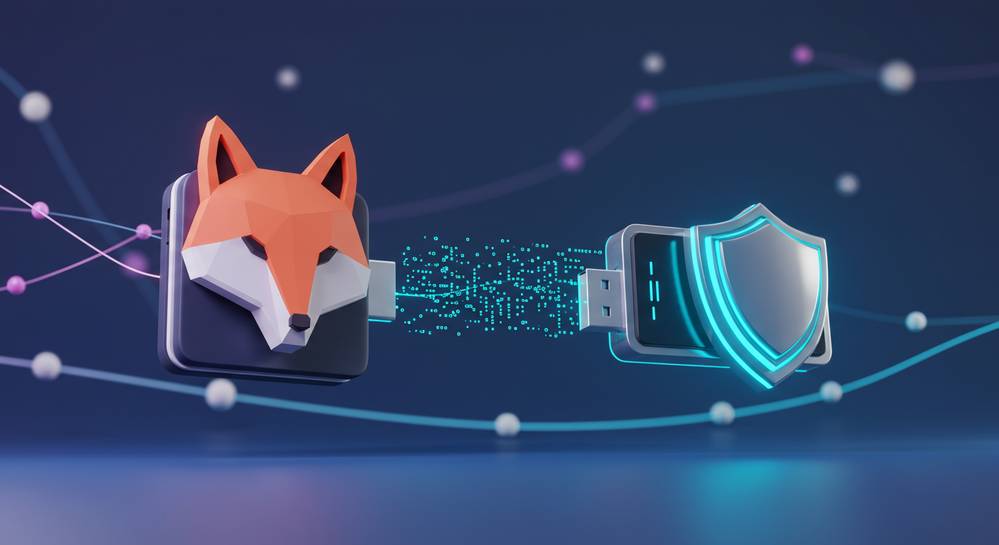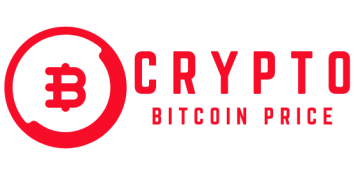As one of the most popular crypto wallets, MetaMask is a prime target for hackers and scammers. While convenient, its nature as a hot wallet connected to the internet exposes it to unique risks. Understanding how to secure metamask wallet is not just a recommendation; it is an essential skill for anyone interacting with the decentralized web. This guide will walk you through the crucial steps to protect your funds effectively.
Master the fundamentals of wallet security

Securing your MetaMask wallet begins with understanding two core components. Your password is the daily gatekeeper, protecting your device from unauthorized access. However, the Secret Recovery Phrase (SRP) is the absolute key to your funds. Anyone who obtains your SRP can bypass your password and drain your wallet completely. Learning how to secure your MetaMask wallet properly is the most critical step you can take.
Protect your secret recovery phrase at all costs
You must never store your 12-word SRP digitally. This includes screenshots, text files, or cloud services, as they are vulnerable to hackers and malware. Instead, write it down on paper and store copies in multiple, secure physical locations. For ultimate protection against physical damage like fire or flood, consider a metal seed storage plate. Following the best practices for storing your crypto seed phrase is non-negotiable, as this phrase is the final authority over your assets.
Upgrade your defense with a hardware wallet

While MetaMask is convenient, it is a hot wallet, meaning your keys are stored online and are more susceptible to digital threats. The single most effective way to secure your MetaMask wallet is by pairing it with a hardware wallet. This device moves your private keys completely offline into what is known as cold storage, creating a physical barrier against hackers.
A hardware wallet signs transactions internally on a secure chip. Your private keys never touch your internet-connected computer or phone. This method effectively neutralizes risks from malware or phishing sites attempting to steal your credentials. This approach is a core principle in the hardware vs software wallet security debate.
- You initiate transactions on MetaMask but give final approval on the physical device.
- This process ensures your private keys are never exposed to online vulnerabilities.
- It combines the simple interface of MetaMask with the fortress-like security of cold storage.
Practice smart browsing and transaction habits

Beyond the initial setup, knowing how to secure your MetaMask wallet is an ongoing process. Your daily digital habits are your most active defense against online threats. Adopting vigilant practices is crucial for protecting your assets from common attacks that target user behavior, not just software vulnerabilities. These habits form a critical layer of security.
Manage your smart contract approvals
Each time you interact with a decentralized application (dApp), you grant it permission to access your wallet. These approvals can accumulate over time, creating potential security risks if a dApp is ever compromised. Periodically review and revoke unnecessary permissions using trusted tools like Etherscan’s Token Approval Checker. This simple act of digital hygiene significantly reduces your attack surface.
Bookmark official sites to prevent phishing
Always access crypto platforms and dApps through your own verified bookmarks. Scammers create convincing fake websites to steal your credentials. They often promote these sites through search engine ads or direct messages. This one habit is a powerful defense against phishing, a key tactic covered in guides on how to avoid crypto wallet scams.
Recognize and avoid common crypto scams
Knowledge is your best defense against the most prevalent threats. A key part of learning how to secure your MetaMask wallet is recognizing the psychological tricks scammers use. Most scams rely on social engineering, creating urgency or offering deals that are too good to be true, rather than complex hacking. Understanding their tactics is essential to protecting your assets.
Phishing and impersonation scams
Scammers create fake websites that perfectly mimic legitimate platforms or pose as support staff on social media like Discord or Telegram. Their goal is to trick you into entering your Secret Recovery Phrase or password. Remember, official support will never direct message you first, and no legitimate service will ever ask for your Secret Recovery Phrase for any reason. Always be skeptical of unsolicited help.
Malicious smart contract approvals
Be extremely cautious when signing transactions for airdrops or NFT mints from unknown projects. Scammers disguise malicious smart contracts as legitimate interactions. By signing, you might unknowingly grant them broad permissions to drain specific tokens from your wallet. Always read the transaction details carefully before approving anything. If you do not understand what you are signing, do not sign it.
Protecting your digital assets is not a one-time setup but a continuous commitment. By combining strong foundational security like protecting your Secret Recovery Phrase with advanced tools like hardware wallets and vigilant daily habits, you build a robust defense against threats. Stay informed, remain skeptical, and prioritize security in every transaction. For more insights and guides on navigating the crypto world safely, explore Crypto Currency Bitcoin Price.


